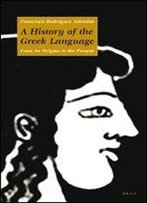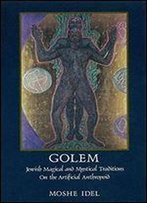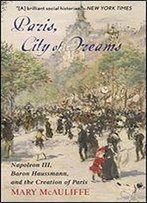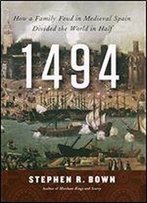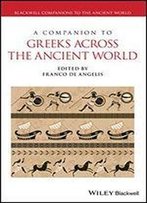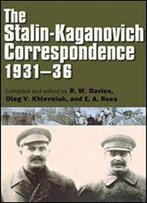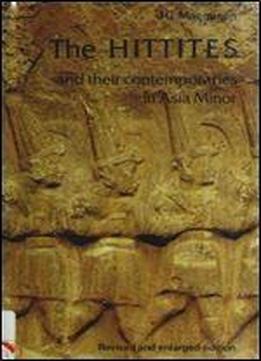
Hittites: And Their Contemporaries In Asia Minor (ancient Peoples And Places)
by J. G. MacQueen /
1986 / English / PDF
45.1 MB Download
Hailed by reviewers as "stimulating," "outstanding" and of "enduring value" when it first appeared in 1975, The Hittites has now been completely revised by the author and is republished in a new format with additional illustrations.
The Hittites were an Indo-European speaking people who established a kingdom in Anatolia (modern Turkey) almost 4,000 years ago. They rose to become one of the greatest powers of the Ancient Middle Eastern world by conquering Babylon and challenging the power of the Egyptian Pharaoh Rameses II at the battle of Quadesh. They themselves were destroyed in the wake of movements of the enigmatic Sea peoples around 1180 BC.
New material in this edition describes the latest excavations at the temples and great defensive ramparts of the Hittite capital at Hattusas and includes finds from many other recently excavated sites. The author investigates such intriguing topics as the origins of the Hittites, the sources of the metals which were so vital to their success, and their relations with their contemporaries in the Aegean world, the Trojans and the Mycenaean Greeks. His survey also covers the cultures and history of other Anatolian peoples, notably the Arzawans, whose kingdom in Western Turkey was for much of the period a formidable obstacle to the Hittite aspirations. Information on the Hittites comes from archaeological and written sources. It is one of the many strengths of this book that the author interweaves both types of evidence into a single, highly readable narrative.
With 149 illustrations, maps and plans.
Background and environment.
Who were the Hittites?
The Hittites and their neighbours.
Warfare and defence.
Society and administration.
Daily life in Late Bronze Age Anatolia.
Religion.
Art and literature.
Epilogue: Anatolia after the fall of the Hittite Empire.


